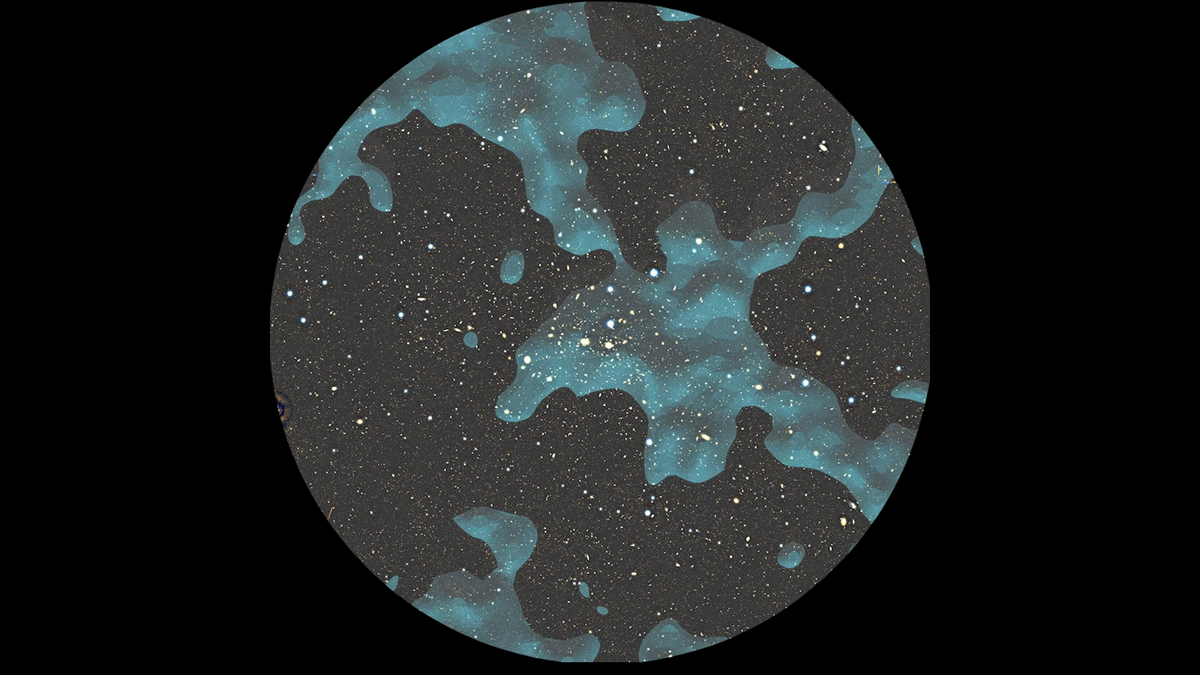You cannot just go swinging words around like that
This science community lacks rules !
(and I made a post about it)
Could I get a source? This is huge if true.
For real, for a claim this big we need a reputable source. I had to downvote this post. If it’s true and the news just broke then there’ll be a hundred news stories about it in the next 15 minutes and someone can submit a post to one of those stories.
https://www.nature.com/articles/s41550-023-02164-w
Paywalled unfortunately.
All I could find was a shitty MSN article
It’s a trap. If we try to get the dark matter, we’ll get caught in the web. Then the cosmic spider will come and eat us.
Oh man that is super cool. They used gravitational lensing to infer the presence of dark matter in the intergalactic medium.
It is pretty cool, but it’s a bit misleading… They didn’t ‘see’ dark matter, because it doesn’t interact with light or any particles. But they detected weak gravitational lensing caused by the dark matter (or any alternative source of the gravity we’ve coined dark matter), so this is not really conclusive physical evidence of dark matter.
But I’m no expert, please let people with astrophysics background correct me if I’m wrong.
oops sorry, fixed link
(…) The team’s results were published in January in the journal Nature Astronomy.
… :
paywalled
Weak-lensing detection of intracluster filaments in the Coma cluster https://www.nature.com/articles/s41550-023-02164-w
Abstract The concordance cosmological model predicts that galaxy clusters grow at the intersection of filaments that structure the cosmic web and extend tens of megaparsecs. Although this hypothesis has been supported by the baryonic components, no observational study has detected the dark matter component of the intracluster filaments (ICFs), the terminal segment of the large-scale cosmic filaments at their conjunction with individual clusters. We report weak-lensing detection of ICFs in the Coma cluster field from the ∼12-deg2 Hyper Suprime-Cam imaging data. The detection is based on two methods, the matched-filter technique and the shear-peak statistic. The matched-filter technique yields detection significances of 6.6σ and 3.6σ for the northern and western ICFs at 110° and 340°, respectively. The shear-peak statistic yields detection significances of 3.1σ and 2.8σ for these ICFs. Both ICFs are highly correlated with the overdensities in the weak-lensing mass reconstruction and are well aligned with the known large-scale (>10 Mpc) cosmic filaments associated with the Coma supercluster.I bet Captain Universe Peter Parker is excited he finally caught something bigger than a thief
What kind of magnification and filter/spectrum of monitoring would I need to see that web thingy myself? Sounds neat.







